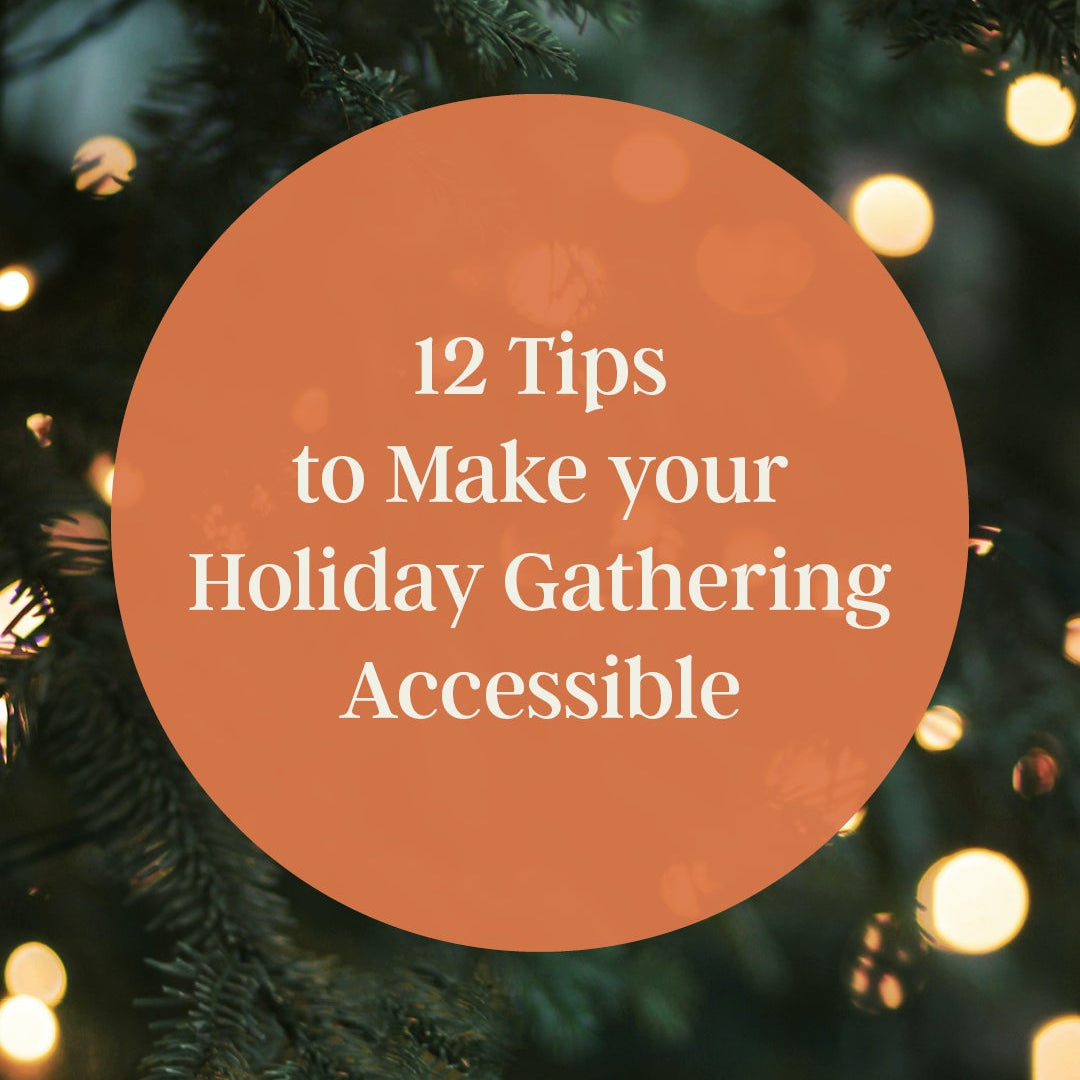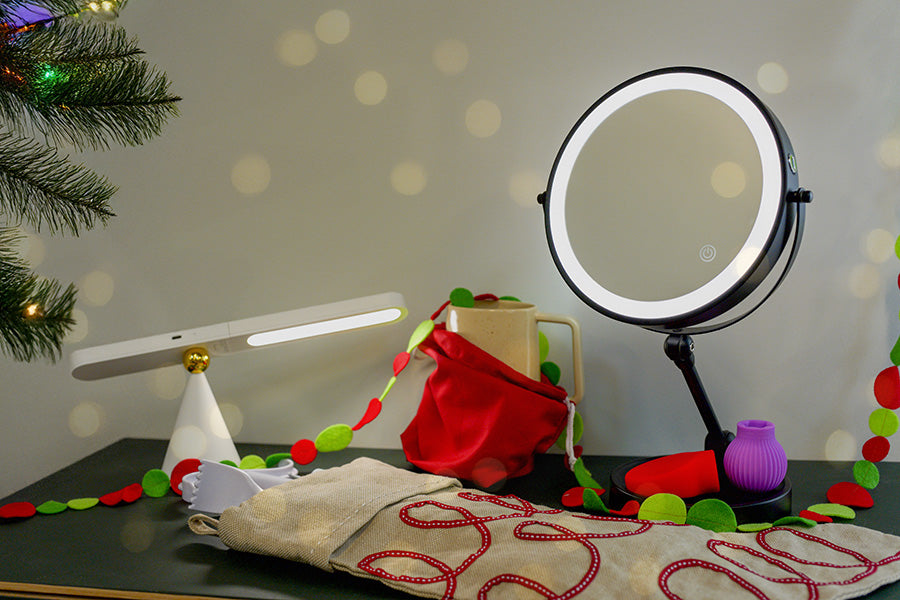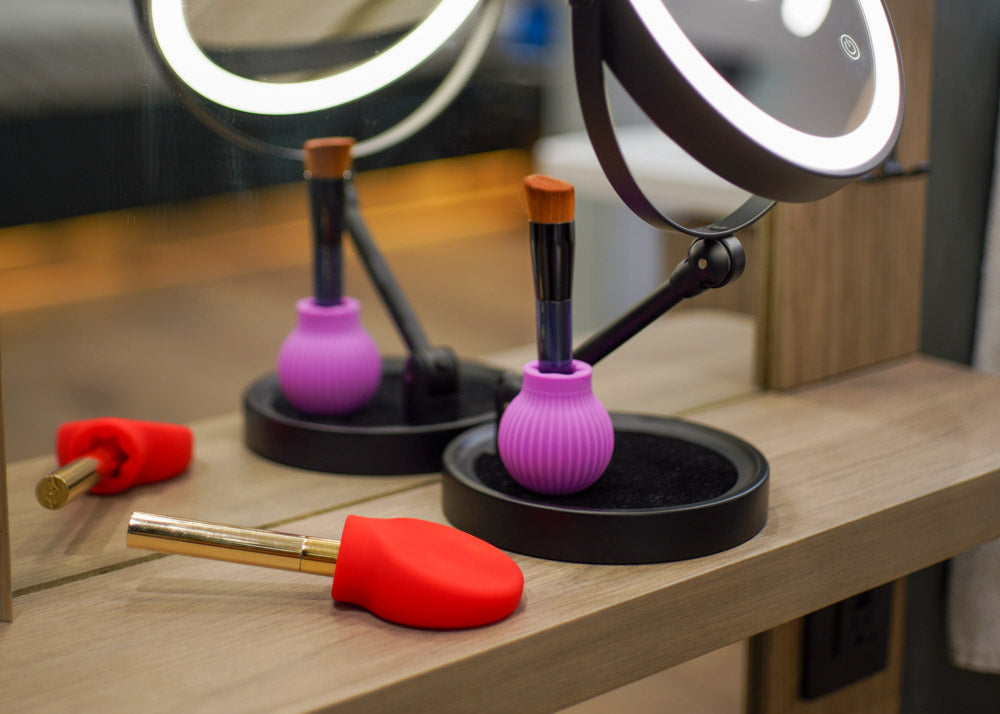Improving Accessibility with Small Changes
Part 3 of a 5-Part Guide to Supporting Independence & Comfort

Getting Started with Small Changes
When friends and family gather, it’s a chance to reconnect—and sometimes, to notice when a loved one may need extra support at home. At Capella Design, we’ve been there. That’s why we’re collaborating with designers, occupational therapists, and caregivers to share actionable ways to support your loved ones.
Check out our first post in the series, recognizing signs of accessibility needs.
Little Updates, Big Impact

Addressing accessibility needs in a home doesn’t have to mean major renovations. Often, the smallest changes can have the biggest impact, making daily tasks easier and homes safer and more functional—while preserving the style and warmth of the space. With a few thoughtful updates, you can create an environment that empowers your loved ones to feel comfortable, independent, and supported.
Why Start with Small Changes?
Accessibility works best when it’s proactive rather than reactive. Making adjustments before a serious issue arises helps maintain independence and dignity, rather than forcing someone to make decisions while under pressure in a crisis. Starting with a very small initial change can also open the door to larger adjustments over time as your loved one begins to see the benefits and feel more comfortable with accessibility updates.
When it comes to change, a major challenge is inertia—the series of mental or logistical barriers people put up that delay action. Sometimes, these barriers make it feel like they’re doing something, but they actually add complication rather than progress. Even if the initial change is temporary or small, action is always better than inaction. It can break the cycle of inertia and set the stage for meaningful transformation.
For many people, the idea of making changes to their home can feel overwhelming. Big renovations can be expensive, time-consuming, and emotionally taxing. Starting with small, impactful updates is an approachable way to introduce accessibility features without disrupting their space or routines. It’s also a chance to show how these changes can blend seamlessly into their home while providing immediate benefits.
Changes to Consider

Here are a few small but impactful updates that can break through inertia and encourage future adjustments:
Add Non-Slip Rug Pads:
Reduce tripping hazards by placing non-slip pads under rugs. They’re an easy fix that keeps rugs securely in place, minimizing the risk of falls.
Install Motion-Sensor Lighting:
Improve visibility with motion-sensor lights in hallways, bathrooms, and staircases. These lights turn on automatically, providing added safety at night.
Rearrange Furniture for Clear Pathways:
Create open, clutter-free pathways by rearranging furniture. This makes it easier to move around and reduces the risk of tripping over obstacles.
Introduce Ergonomic Accessories:
Swap out heavy or hard-to-use household items with lightweight, ergonomic alternatives. Tools like lever-style handles or easy-grip utensils can make a big difference.
Add Grab Bars or Handrails
Installing grab bars in the bathroom or handrails on staircases can offer support where it’s needed most, providing stability and confidence.
The Emotional Impact of Small Changes

Small updates aren’t just practical—they help make someone more open to larger change. Thoughtful design can make a loved one feel seen and valued, turning their home into a place of empowerment rather than limitation.
When approached with care, small changes show that accessibility doesn’t mean compromising style—it’s about enhancing their experience of the space they love.
Here's how to do it:
Start with a Conversation:
Discuss what might make daily life easier. Use the insights from your earlier conversations to guide this step.
Involve Your Loved One:
Let them take the lead in deciding what changes to make. Ask which updates they feel would be most helpful and focus on those first.
Showcase Style:
Highlight how these updates can integrate seamlessly into their home. For example, grab bars that blend with décor or lighting that feels modern and inviting.
Test the Waters:
Start with just one or two updates to see how they feel. This gradual approach can help build comfort and acceptance over time.
Looking Ahead: The Experts to Involve

In the next post, we’ll explore the role of experts in making accessibility changes easier and more effective.
From occupational therapists to interior designers, involving the right professionals can provide the expertise and reassurance needed to create spaces that are both functional and beautiful. These partnerships can help you take meaningful steps toward accessibility with confidence.
Whether you’re new to the Capella Design community or not, we thought folks could use an update on what we’ve been up to this year. And was it ever a lot! From joining the permanent collection of a museum to winning a design award, here’s what you need to know about how Capella Design is creating distinction in the design-forward mobility product category.
- Incorporating premade food, whether that means ordering out or store bought sides and desserts
- Opting for gift bags over wrapping paper
- Sending calls or texts instead of holiday cards
- Saying no to gatherings causing caregiving strain (or that you just aren’t excited to attend!)
Put Yourself First
Prioritize your well-being this holiday season by scheduling regular self-care activities—whether that is a long walk, your favorite treat, or some uninterrupted time alone. As the saying goes, “put your oxygen mask on first before assisting others.”Remember that taking care of yourself is not selfish; it's an essential part of being an effective caregiver, so carve out time for activities that bring you joy and relaxation.
Let Your Home Help You Out
Organizing and preparing the home for a more accessible holiday season will create an environment that is both festive and conducive to caregiving responsibilities.Check out our post with tips on how to make your home more accessible for the holidays. These small changes can help you ensure a safe and comfortable space for you and your loved ones, alleviating a significant factor in caregiving stress.


Get customer attention by clean visual and video
Make it easy to buy by eliminating stumbling blocks to purchase. Don’t assume customers know which item you’re talking about in your post. Provide a link directly to the product page or just link the product to your blog so they can buy if they want. If it relevant give readers more than one way to get to the product.
Article credit: Heidi Cohen



